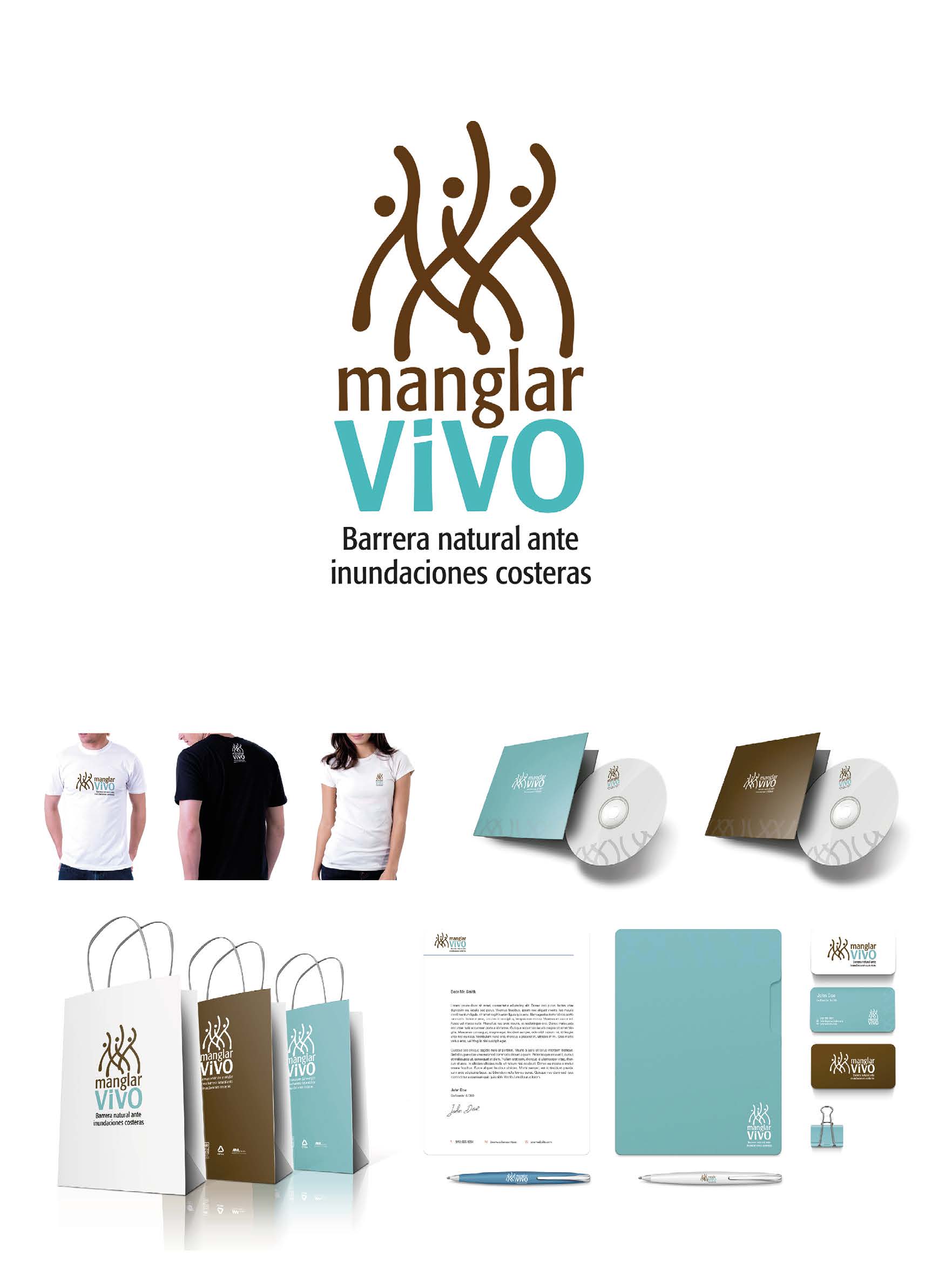Social impact of design in international project’s management related to the environment.
##plugins.themes.bootstrap3.article.main##
Abstract
The research presents a study on the design strengths in obtaining efficient results in international project?s management, whose main scope is aimed at the protection and care of the environment.
The study was conducted through detailed analysis of two international projects: ?Connecting landscapes?, a landscape approach to preserve mountain ecosystems threatened, and ?Manglar Vivo?, a natural barrier to coastal inundation.
Empirical and theoretical methods were applied, mainly observation and experimentation. Interview and document analysis were used as associated techniques. The systematization of observation was kept through the investigation period.
The results show the social impact of design on the development of knowledge, customs, skills, abilities, attitudes and values in human communities linked directly and indirectly, focusing on reducing vulnerability of biodiversity by induced educational work itself, and intentionally and professionally designed to ensure the active participation of these human communities.
##plugins.themes.bootstrap3.article.details##

This work is licensed under a Creative Commons Attribution-NonCommercial-ShareAlike 4.0 International License.
- Attribution — You must give appropriate credit , provide a link to the license, and indicate if changes were made . You may do so in any reasonable manner, but not in any way that suggests the licensor endorses you or your use.
- NonCommercial — You may not use the material for commercial purposes .
- No additional restrictions — You may not apply legal terms or technological measures that legally restrict others from doing anything the license permits.
- ShareAlike — If you remix, transform, or build upon the material, you must distribute your contribution under the same license as the original. NOTE: This point applies to numbers 1 to 20 of the magazine with the previous CC-BY-NC-SA 4.0 license. Does not apply to the new CC BY-NC 4.0 license from Volume 11, Number. 21 (2024).
References
CEPYME Aragón. (2007). Guía práctica para la aplicación de Ecodiseño. España. Editorial CEPYME ARAGON.
Conferencias de la ONU sobre el medio ambiente. (s.d.). (2010). Naciones Unidas. Centro de Información. México, Cuba y República Dominicana.
Costa, J. (2007). Diseñar para los ojos. Madrid, España. Editorial Design.
Costa, J. (2003). Identidad Corporativa. México. Editorial Trillas.
Cumbre de la Tierra de Río de Janeiro. (1992).
Charter, M. (1998). Sustainable value: a discussion paper on sustainable product development and design, The Center for Sustainable Design. UK.
Instituto de Ecología y Sistemática. CITMA. (Marzo 2015). Materiales y documentos para la estrategia nacional de Biodiversidad 2010 – 2015.
Instituto de Ecología y sistemática. CITMA. (Febrero 2015). Materiales y documentos para el Taller de Inicio del proyecto internacional conectando paisajes.
Papanek, V. (1984). Design for the Real World. Human Ecology and Social Change. London. Edited by Academy Chicago Publishers.
Rieradevall J., Vinyets J. (2000). Ecodiseño y ecoproductos. Barcelona. España. Editorial RUBES.
Rieradevall Pons, J y colectivo de autores. Ecodiseño. Aplicaciones, metodología, Estudio de casos en envases. Instituto de Medio Ambiente, Ciencia y Tecnología. Universidad Autónoma de Barcelona. Editorial UPV.
Todd, N. (1993) From Eco-Cities to Living Machines Principles of Ecological Design. Berkeley, California.Edited by North Atlantic Books.
www.ecolaningenieria.com. Conceptos sobre ecodiseño. Consultada en Enero 2016.
www.palermo.edu/dyc/encuentro. Exposición: María Eugenia Moreno. Diseño sustentable en el tiempo. Consultada en Marzo de 2016.






















